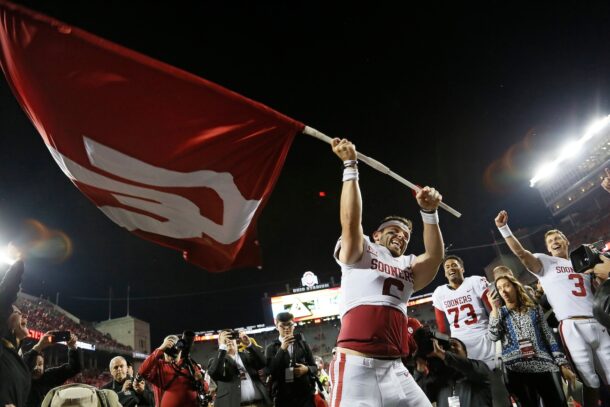By the time satellite broadcaster DirecTV reached a deal with ESPN to bring the SEC Network to approximately 87 million homes by the start of football season last fall, former SEC commissioner Mike Slive saw dollar signs.
College football’s superpower was about to become a supernova, nearly doubling the total revenue of comparable Power 5 — the Big 12 — over the next fiscal year.
The SEC handed out a record-setting $435 million in revenue split evenly to its 14 schools, a nearly $300 million increase from the pre-SEC Network era. Much of that cash was directly linked to the success of the league’s new channel over the first nine months of its existence.
RELATED: Big Ten’s renewed strength good for the SEC, CFB
Slive’s league followed the Big Ten’s distribution model blueprint for its Big Ten Network and turned it up a notch. It took the BTN more than four years to become profitable, but the SEC’s geographic footprint was already sizable pre-launch and the end result was an emphatic slam dunk.
In a recent Sports Ilustrated story by Andy Staples, the college football columnist called the SEC and Big Ten ‘the Titanic Two’ when it comes to profitability from television contacts, well ahead of the other three Power 5 conferences. The revenue gap will only strengthen for both leagues thanks to additional College Football Playoff distribution and bowl contracts.
RELATED: SEC distributes record $31 million in revenue per school
“You can’t have the most successful launch of a television network in cable history and not have an expectation of some revenue to go along with it,” Slive said according to Staples.
Industry estimates suggest the SEC more than doubled its revenue from the final year of the Bowl Championship Series ($34 million payout) to the CFP ($87.5 million) last fall.
The Big Ten’s addition of Maryland and Rutgers last season increased its total revenue as did newcomers Texas A&M and Mizzou for the SEC in 2012.
Staples breaks down the SEC and Big Ten’s vice-grip over the rest of college football’s Power 5s in terms of television revenue and why the Pac-12 Network is miles behind, here.







